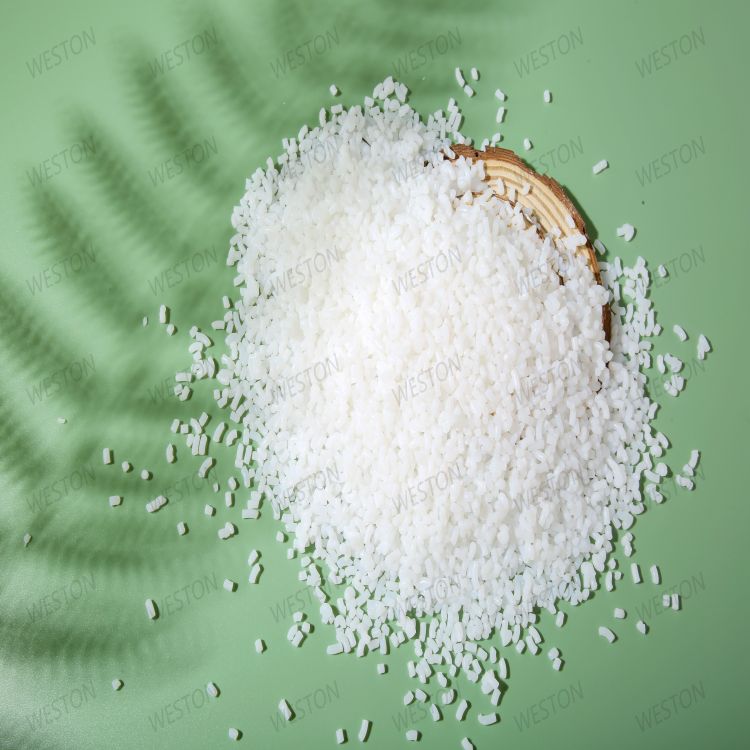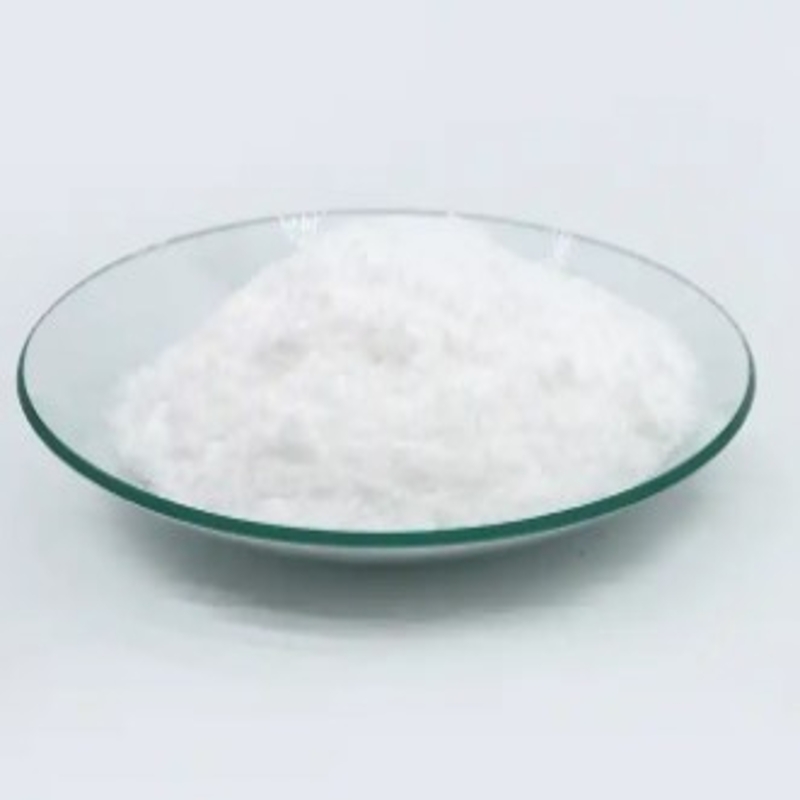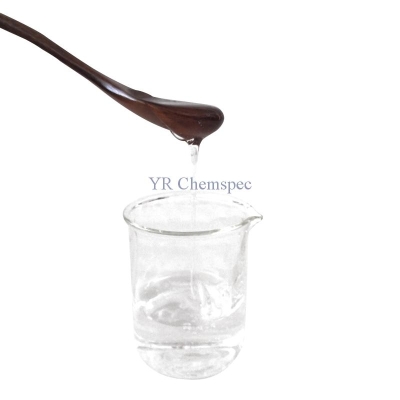-
Categories
-
Pharmaceutical Intermediates
-
Active Pharmaceutical Ingredients
-
Food Additives
- Industrial Coatings
- Agrochemicals
- Dyes and Pigments
- Surfactant
- Flavors and Fragrances
- Chemical Reagents
- Catalyst and Auxiliary
- Natural Products
- Inorganic Chemistry
-
Organic Chemistry
-
Biochemical Engineering
- Analytical Chemistry
- Cosmetic Ingredient
-
Pharmaceutical Intermediates
Promotion
ECHEMI Mall
Wholesale
Weekly Price
Exhibition
News
-
Trade Service
Research progress of ethanol hydrogen production catalysts
Ethanol catalytic hydrogen production is a promising method
for hydrogen production.
Hydrogen is one of the ideal clean energy sources in the future, and the instant production of hydrogen from liquid fuels such as alcohols is a good solution to
the difficulties of hydrogen transportation and storage.
Ethanol catalytic hydrogen production mainly has three methods of water vapor reforming, oxidative reforming and partial oxidation, the most studied is water vapor reforming to produce hydrogen, and the oxidative reforming process because of the reaction, fast start, suitable temperature, high hydrogen production efficiency, can achieve self-heating and other characteristics, its advantages are the most obvious, will be the future bioethanol production hydrogen production direction
.
The reaction of ethanol on the surface of precious metals and metal oxides mainly includes the dehydrogenation reaction of ethanol on precious metals and metal alloy films, the water vapor reforming reaction on multiple catalysts and the decomposition reaction mechanism on various supported precious metal catalysts
.
In the early days, it was mainly precious metals such as Pt, Rh, and Pd, and later non-precious metals such as Cu, Zn and Ni were used, and a lot of progress
has been made in rare earth metal oxides recently.
First, copper catalyst
Copper-based catalysts are widely used in methanol synthesis and methanol-catalyzed hydrogen production reactions, and show superior catalytic performance
.
Due to the similarity in structure and properties of methanol and ethanol, ethanol catalysis research first revolves
around copper catalysts.
Vizcaino A J et al.
investigated the catalytic effect of Cu-Ni supported catalysts on bioethanol reforming hydrogen production, and prepared a series of supported catalysts
with different Cu and Ni contents using three molecular sieves (MCM-41, SBA-15 and ZSM-5) and two metal oxides (SiO2 and γ-Al2O3) as supports, respectively.
Experiments show that Cu-Ni/SBA-15 catalysts with small metal particle size have the highest
hydrogen selectivity.
Considering the selectivity of hydrogen and the CO2/COx ratio in the product, the Cu-Ni/SiO2 catalyst has the best
performance.
Chang F W et al.
found that the catalytic activity of ethanol hydrogen production on Cu/RHA catalysts mainly depends on the surface area
of Cu.
Second, precious metal catalyst
Precious metal catalysts for ethanol reforming to produce hydrogen are more research, mostly Pd series catalysts, the more common precious metals are mainly Pd and Pt series precious metals, recently, Au and Rh supported catalysts applied to ethanol hydrogen production research has also been reported
.
1.
Pt-supported catalystPt-supported catalyst
has good stability and activity
in the process of partially oxidizing natural gas to hydrogen.
Mattos L V et al.
used Pt/CeO2 catalyst to partially oxidize ethanol to prepare hydrogen, and the catalyst showed good activity at a temperature of 573K, but with the increase of temperature, the ethoxy group in ethanol was transferred to metal particles to decompose into methane, hydrogen and carbon monoxide, so the by-products increased
.
In addition, the size of metal particles and the reducibility of the support also have an effect on
the activity and stability of Pt/CeO2 catalysts.
The Pt loaded catalyst catalyzes the ethanol electrocatalytic process mainly used in fuel cells and is considered to be one of
the best catalysts in cryogenic fuel cells.
2.
Pd supported catalyst Pd catalyst
is used to catalyze the water vapor reforming of ethanol to produce hydrogen, which is generally considered to have poor
catalytic performance.
Galvita S et al.
studied the reaction of ethanol on Pd/C catalyst in the presence of water vapor, and the results showed that the catalyst had high activity for the formation of methane, carbon dioxide and hydrogen, and the reaction process was ethanol dehydrogenation reaction to generate acetaldehyde and hydrogen, and acetaldehyde was further decomposed to generate methane and carbon dioxide
。 Maria A G et al.
loaded Pd on γ-Al2O3 to study its catalytic effect on ethanol reforming to prepare hydrogen, and the results showed that when the loading capacity was 5%, the catalyst showed high activity and stability, the selectivity of hydrogen was related to experimental conditions such as temperature, when the temperature was 450 °C, there was a maximum value of H2/CO ratio, and when the molar ratio of the reactants was equal to the stoichiometric ratio, the formation of carbon deposits was negligible
.
3.
Rh-supported catalyst Rh catalyst is called "universal catalyst
"
.
Fruster I F et al.
reported that the process of ethanol reforming to hydrogen catalyzed by MgO-supported Rh metal catalyst in fuel cells has good anti-carbon deposition characteristics, high activity and stability, but the selectivity of hydrogen is not high
.
Sheng P Y et al.
found that Rh atoms play a great role
in the reforming of ethanol to hydrogen during the study of CeO2-supported bimetallic catalysts to produce hydrogen.
4.
Au loading catalyst Sheng P Y et al.
studied the reaction of ethanol on Au/CeO2, which showed that the catalytic activity of Au/CeO2 was comparable to that of other CeO2-supported metal catalysts, but the concentration of CO2 in the product was high, so it was an effective catalyst
for ethanol oxidation reaction.
However, the ratio of CO2 and CO decreases with the increase of reaction temperature, indicating that the catalyst still has certain limitations
.
In addition, the study also found that there are two ways to produce hydrogen from ethanol: the first way is to dehydrogenate ethanol to acetaldehyde; The second pathway is more complex, with the reforming/oxidation process
of methane.
3.
Other catalysts
At present, the metals loaded in the process of ethanol catalytic hydrogen production are mainly Ru, Rh, Pd, Pt, Ni and Co, and Yang Yu et al.
studied the effect of
Ni loading on ethanol water vapor reforming to produce hydrogen.
Experiments show that Ni/CeO2 catalyst has good
activity and hydrogen selectivity.
When the roasting temperature is 400 °C and the loading capacity is 15%, the Ni/CeO2 catalyst has the best catalytic performance, and the product selectivity decreases
when the roasting temperature is continued to increase.
Recently, Maria A G et al.
studied the water vapor reforming reaction of ethanol on a series of metal oxide catalysts, and found that ZnO has good activity and high selectivity, and the CO content in the product is very low, which is especially suitable for fuel cells
.
By increasing the injection space velocity and reaction temperature, a high hydrogen production rate
is obtained.
ZnO has good catalytic performance, and researchers believe that this is caused
by the dual characteristics of ZnO being both basic and redox.
In recent years, in order to find the optimal combination between the catalyst carrier and the active component, many supported catalysts have been used in
ethanol hydrogen production reactions.
From the current results, ethanol partial oxidation hydrogen production will be a more potential hydrogen production method
.
However, regardless of the reaction route chosen, screening out an efficient and stable low-temperature catalyst will be the most critical issue
.
Considering that the NiOLa2O3 catalyst showed good catalytic performance in the methane-carbon dioxide reforming to syngas reaction, Fatsikostas et al.
also used it for the water vapor reforming reaction of ethanol and achieved good results
.
At a temperature lower than 573K, ethanol is dehydrated to generate acetaldehyde and hydrogen, and with the increase of temperature, acetaldehyde selectivity decreases, on the contrary, ethanol water vapor reforming reaction gradually
dominates.
It is worth noting that no ethylene formation was observed, possibly because the acid bits
required for the dehydration reaction of the carrier La2O3 were absent.
When the temperature rises to 823K, the selectivity of CO2 and CH4 reaches the maximum; Above this temperature, the reforming reaction of methane with CO2, methane and water is thermodynamically possible; When the temperature reaches 873K, the conversion of ethanol reaches 100%, the selectivity of hydrogen exceeds 90%, and the only by-product is methane, and hydrogen-rich products containing a small amount of methane are feasible for use in fuel cells, because the combustion of methane and unfinished hydrogen provides the necessary heat
for the reforming reaction of ethanol water vapor.
In addition, the NiOLa2O3 catalyst also showed good stability, with only a slight decrease
in reaction activity and selectivity over 150h.
However, this catalyst needs to be above 823K to have good catalytic performance
.
IV.
Summary and Prospect
Bioethanol is a bio-based platform compound with broad application prospects produced by biomass fermentation, in the petrochemical resources facing depletion today, studying the catalytic process of converting bioethanol into other downstream chemicals, striving to develop the effective use of biomass resources, reducing dependence on fossil resources is a global problem that needs to be solved urgently, with huge social and economic benefits
.
The selection of ethanol catalytic hydrogen production catalyst has achieved remarkable results, but there is still a lot of space to develop, the most studied is water steam reforming hydrogen production and its thermodynamic analysis, the carrier type of noble metal catalyst research is relatively single, and the reaction temperature required for noble metal catalyst is higher, and the catalyst type is relatively single, mainly concentrated in Cu-based catalysts, and the reactivity does not meet the ideal requirements
。 Therefore, in the future work, the hydrogen production reaction of ethanol water steam reforming should focus on the following aspects: (1) In-depth research on the rich catalyst system, looking for a catalyst with high catalytic activity in high efficiency and stability; (2) Scientifically design catalytic reactions and processes, establish reaction kinetic models, and explore reaction mechanisms
.
In addition, other reaction routes such as partial oxidation of ethanol to hydrogen production or the efficient combination
of water vapor reforming and partial oxidation are studied.







